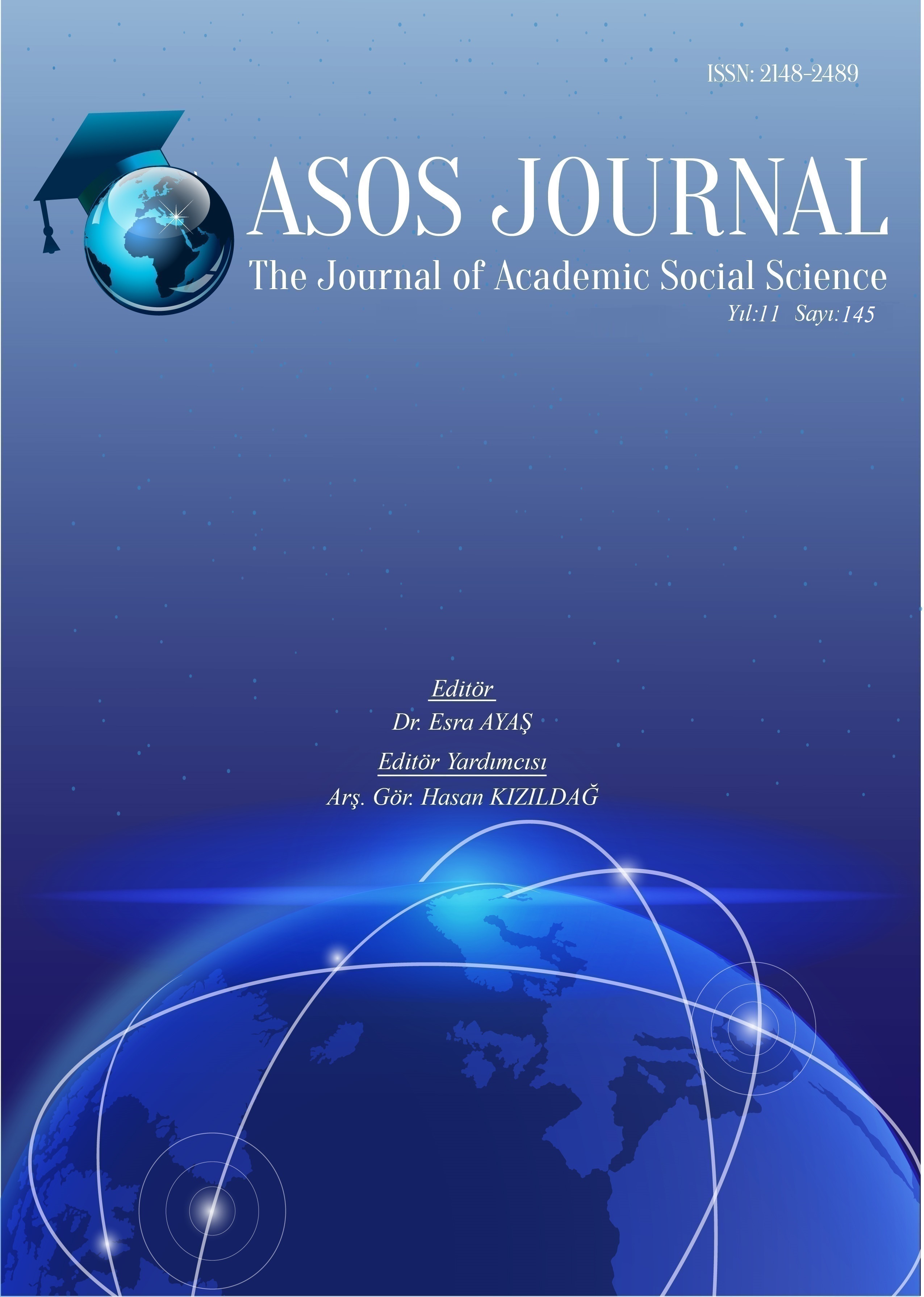Author :
Abstract
Su, insan yaşamının hayati bir parçası olarak yüzyıllardır yapılı çevreyi şekillendiren bir öğe olmuştur. Tarih boyunca yerleşim alanlarının su kaynaklarına yakın lokasyonlarda kurulmasının yanı sıra bu alanların içinde de su kullanımını sağlayan yapılar inşa edilmiştir. Sarnıç, su kemeri, bend, su kanalı gibi farklı işlevlere sahip su yapıları içinde en önemli olanlardan biri de çeşme yapılarıdır. Dünyanın hemen her yerinde, içinde bulunduğu yaşama kültürüne bağlı olarak farklı şekillerde tasarlanan ve kullanılan çeşme yapılarına rastlamak mümkündür. Bu anlamda en zengin coğrafyaların başında Anadolu gelmektedir. Hem İslamiyet öncesinde Anadolu’da köklü medeniyetlerin ve nüfusu yoğun olan yerleşim alanlarının kurulması, hem de İslamiyet sonrasında suyun inanç bağlamında da büyük önem taşıması nedeniyle Anadolu’nun pek çok yerinde yüzlerce çeşme yapısı inşa edilmiştir. Bu anlamda söz konusu yapıların yoğunlaştığı yerleşimlerden biri de Harput’tur. Çalışmanın amacı, Harput’ta bulunan tarihi çeşme yapılarını, korunması gerekli kültür varlıkları olarak incelemek ve bu anlamda sorunlarını ortaya koyarak geleceğe aktarılmalarına yönelik öneriler sunmaktır. Çalışma kapsamında günümüzün Harput tarihi dokusu içinde merkezi konumlarda bulunan ve Osmanlı Dönemine tarihlenen iki çeşme yapısı detaylı olarak incelenmiştir. Çalışma yöntemini ilgili literatür taramaları, yerinde gözlemler ve rölöve çalışmaları ile dönem analizi/önerileri, koruma sorunlarının tespiti ve öneriler sunulması oluşturmaktadır. Çalışma sonucunda incelenen çeşmelerin kısmen korunabildiği ve gerek yapısal anlamda, gerekse somut olmayan kültürel değerler bakımından iyileştirilmesi gereken noktalarının olduğu kanısına varılmıştır. Buna yönelik öneriler sunularak, yapıların korunmasına ve gelecek nesillere doğru bir şekilde aktarılmasına katkı sağlamak hedeflenmiştir.
Keywords
Abstract
As a vital part of human life, water has been shaping the built environment for centuries. Throughout history, in addition to the establishment of settlements in locations close to water resources, structures that provide water use have been built in these areas. One of the most important water structures with different functions such as cisterns, aqueducts, bends and water channels is fountain structures. It is possible to come across fountain structures designed and used in different ways depending on the living culture in almost every part of the world. In this sense, Anatolia is one of the richest geographies. Hundreds of fountain structures were built in many parts of Anatolia due to the establishment of deep-rooted civilizations and densely populated settlements in Anatolia before Islam and the importance of water in the context of belief after Islam. In this sense, one of the settlements where these structures are concentrated is Harput. The aim of the study is to examine the historical fountain structures in Harput as cultural assets that need to be conserved and to present their problems in this sense and to offer suggestions for their transfer to the future. Within the scope of the study, two fountain structures located in central locations in today's Harput historical texture and dated to the Ottoman Period are examined in detail. The study method consists of literature reviews, on-site observations and survey studies, period analysis/suggestions, determination of conservation problems and presenting suggestions. As a result of the study, it was concluded that the examined fountains are partially conserved and that there are points that needed improvement in terms of both structural and intangible cultural values. It is aimed to contribute to the conservation of the structures and their correct transfer to the next generations by presenting suggestions for this.





